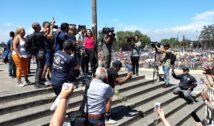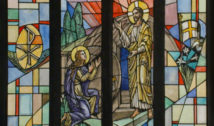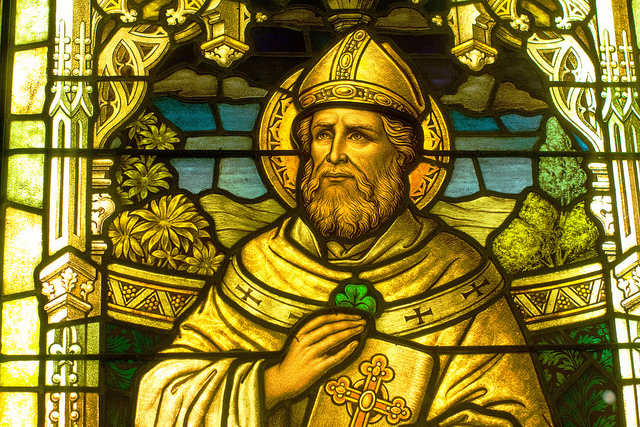
The Insanely Violent History of St. Patrick’s Day
- By Elisa Meyer --
- 16 Mar 2018 --

The truth of St. Patrick’s Day: Sometimes reality is crazier than the myth.
This weekend welcomes the celebration of St. Patrick’s Day. We all know what that means: people wearing green, drunken fights fueled by green beer, and declarations that “everybody is Irish.” But what are people celebrating? The facts behind the holiday and the celebrations that occur are even crazier than any drunken brawl on the streets.
The Insanely Violent History of St. Patrick’s Day[/tweetthis]
The first step in unraveling the history is to clarify the origin of St. Patrick. First, unlike the legend says, he did not rid Ireland of snakes in 5 A.D. Scientific evidence is pretty clear snakes have never existed in Ireland at all. The interpretation is actually that St. Patrick was able to decrease the power of the Druids, whose symbol was the snake.
See, the story of St. Patrick is almost that of an action hero. St. Patrick was not from Ireland, he was kidnapped from England and sold into slavery. After working for several years, he escaped and was able to make it home. When home, he found religion. Instead of taking the cozy route and hanging back in England he went back to the country where he was enslaved and began to proselytize.
Ireland was not a safe place in the 5th century. There were dozens of warlords fighting each other, and a man walking around trying to convert people would constantly be under threat of violence. But that did not stop St. Patrick, who was not a classic image of a saintly figure. He was prone to violent outbursts, was known for being tough, and was like firebrand to his followers.
But the legacy of violence and antagonism would be written into the historical consciousness of St. Patrick’s Day. The first parade did not happen in Ireland. It occurred in New York in the 1700s by Irish soldiers that were protesting their treatment by British officers and using it as part of a public protest for Irish Independence.
The New York St. Patrick’s parade would continuously be linked to Irish independence. Members of NORAID or Irish Northern Aid, an organization that was connected to funneling weapons and money to the Irish Republican Army during their armed conflict for Northern Ireland’s independence from the United Kingdom, regularly had a heavy part in the St. Patrick’s Day parades. Prominent members of the IRA, like Michael Flannery, were even made grand commissioners. That occurred in 1983, when the IRA was officially designated as a terrorist organization by the United States.
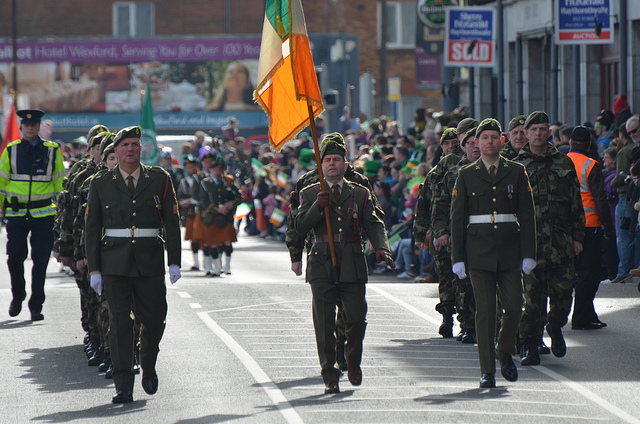
While the political and violent connection has decreased, St. Patrick’s Day still often leads to violence. Drunk driving rates not only spike, but 80 percent of those arrested are over twice the legal limit. Hundreds of arrests, sexual assaults, and property damages occur. Excessive drinking leads to hungover workers and people calling in “sick.” This costs the United States over 160 billion dollars every year in lost worker productivity.
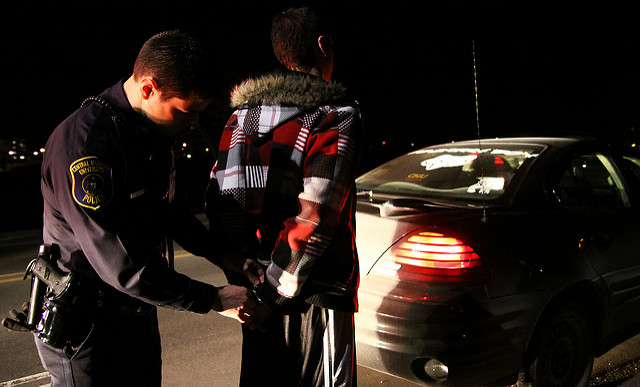
So, if you decide to enjoy a pint or two or some corned beef and cabbage, remember you are celebrating a man who was tough and faced adversity, without having to be a drunken slob to do it.








